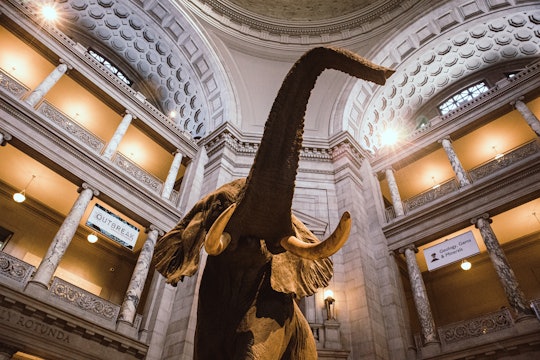Museums and summer camps are excluding non-white people
Unbarred by school district lines, informal science education isn't equally accessible
It’s summer time, and for a lot of us, this is the time of learning outside of the traditional classroom, especially when many schools have been closed for months. From summer camps deep in the woods, to day camps at museums, even free programming at community spaces like rec centers and churches, there is ample opportunity for learning not confined to a school desk. For the privileged few, sometimes even Space Camp.
But these fun experiences aren't welcoming for everyone.
Informal science education's roots are, like many learning institutions, founded by colonialism (think of the natural history museum's lumping of Indigenous peoples as specimens, or the common camp trope of 'Indian' lore) and has historically disenfranchised many learners who would benefit from the programs that make up the backbone of this form of learning. The roots of many informal learning programs are problematic and mired in racism, socioeconomic privilege, and colonial power, even at the beginning of the 21st century. How we acknowledge that past, work with it, and move forward as both educators and members of a diverse society is a role we must take on before moving into the future.
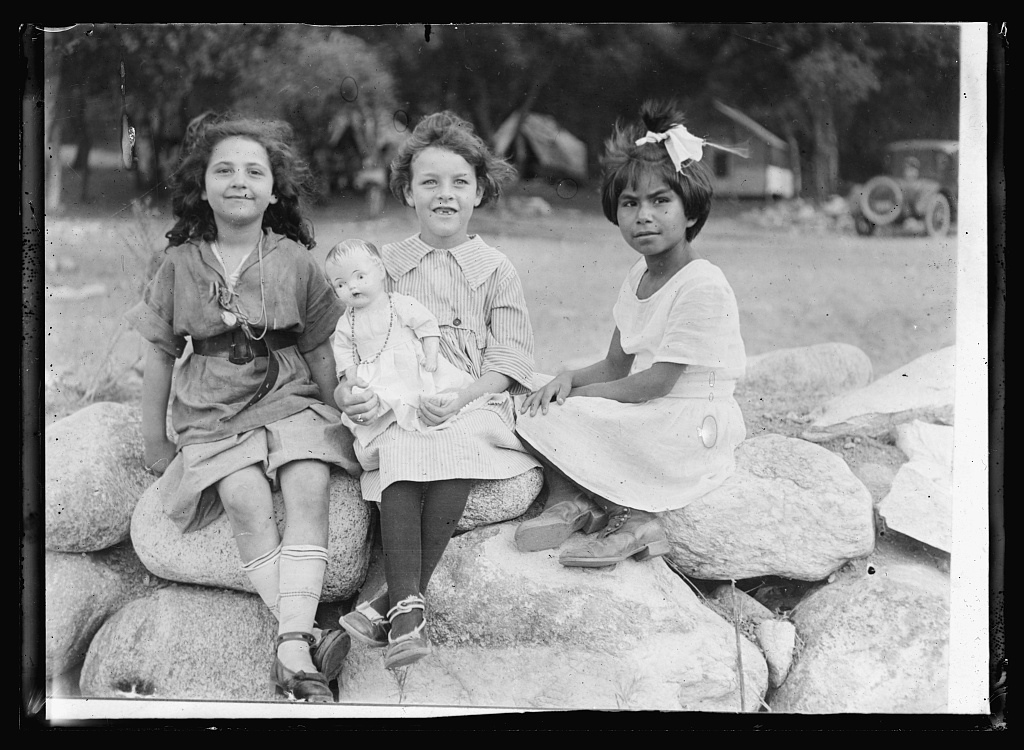
Campers at Kiddies Camp, San Luis Obispo, 1920
American National Red Cross photograph collection (Library of Congress)
I can almost guarantee you yourself have experienced informal science education. Whether it’s tuning in to "Mythbusters," enjoying a field trip in elementary school, or even just reading this article. Informal science education is around us, and often encourages us, enthralls us, and inspires us. The truth in all of the matters of this subject is that students who have the socioeconomic and social power to obtain experiences will have them. Those who don't will not.
Many informal science programs during the summer are hosted at museums. This is because museums are where informal science education was founded, allowing, in theory, anyone to attend their learning programs, regardless of residency within school district boundaries. But, museums are still rife with inequities, starting with their heritage of colonialist power that regarded human beings as specimens, rather than people. For example, in the US it took the Native American Graves Protection and Repatriation Act (NAGPRA), only passed in 1990, to outlaw holding Indigenous bodies and cultural artifacts without permission from their respective peoples, to even make a dialogue available to have sacred items and remains returned. In addition to opening dialogues and acknowledging past grievances, museums and other places of informal learning are also trying to create greater access for disabled visitors, with more availability of wheelchair ramps, multiple bathrooms, and aids for visitors who request them. Despite these changes, access to museum programming is still met with issues. As costs of day-camp programs increase, this decreases the number of students who can attend, especially many BIPOC students. This is just another form of disenfranchisement.
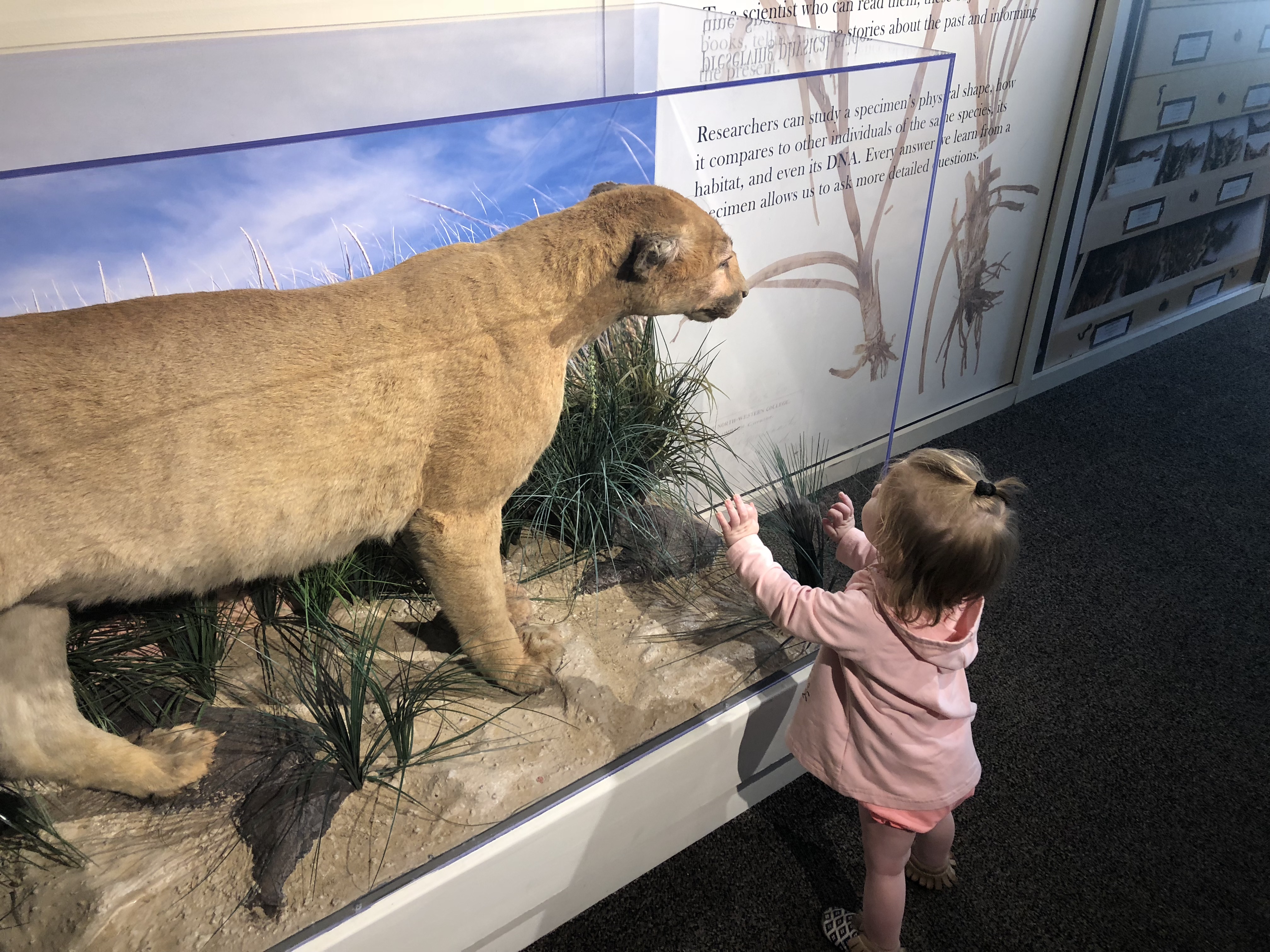
Child looking at nature exhibit during a summer trip, Peggy Notebaert Nature Museum
Kristen Vogt Veggerberg
Historically, many programs, including summer camps, were created as external enrichment programs for wealthier youth during times when schools were closed, a case that is still seen today. Many camps are inconveniently located far away from easy transportation, making it challenging for many youth to attend, even if they have free access to these camps. That was the case when I ran a summer camp in rural west Texas out on a restored prairie. Finally, the simple fact that hours are hard to make when a day camp is only for a few hours: how are working parents supposed to manage their jobs, as well as coordinate child care? This has made equality, especially when many of these parents are themselves BIPOC, a challenge with informal science education.
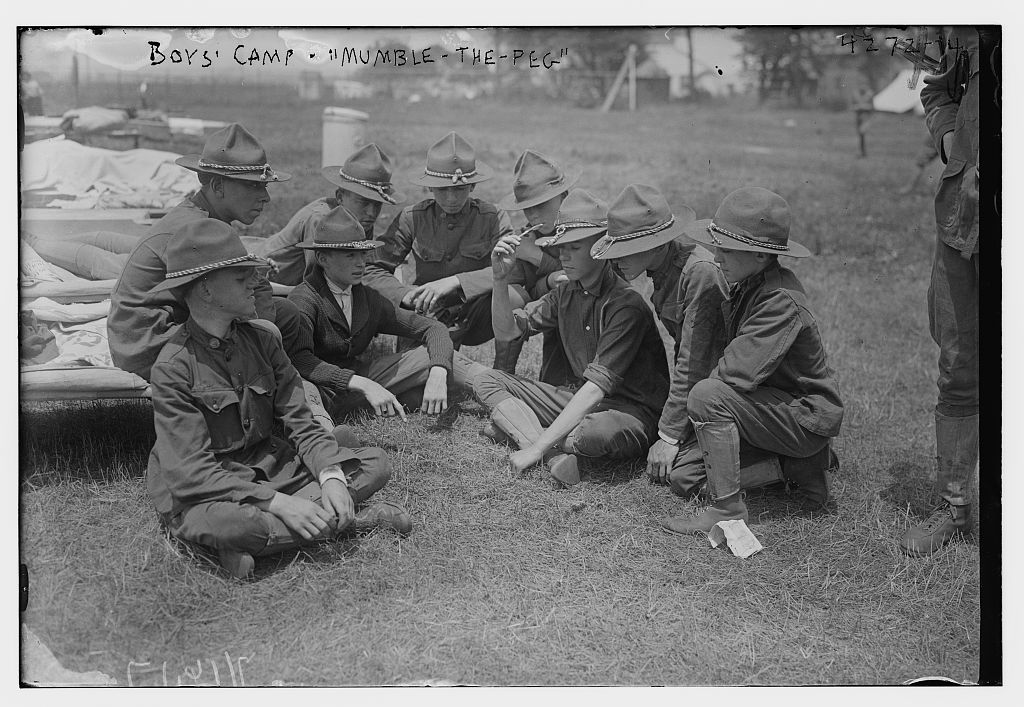
Campers at a military summer camp playing a knife game, "mumble-the-peg" or "mumblety-peg", 1917
Bain News Service photograph collection (Library of Congress)
More programs are recognizing these issues, often based in socioeconomic or geographic disadvantages, both of which play a role in accessibility. When I taught at the Pacific Science Center in Seattle, we offered scholarships to youth who otherwise could not afford the fees, as well as hosted the same camps across the Seattle area, ranging from at the museum itself to university satellite campuses to smaller schools across Puget Sound. This changed our demographics of students attending, and for us teaching and managing the programs, gave us different environments and students to engage with as well. By keeping the program the same, but increasing geographic range and affordability, we were able to allow more students of different demographics to engage with our informal science programming. However, these issues all augmented by the issues caused by racism in our modern society, where students of color struggle to receive the same amenities as their peers, often rooted in race-oriented issues within socioeconomic and geographic issues – the very things we sought to assuage at the science center through our camps.
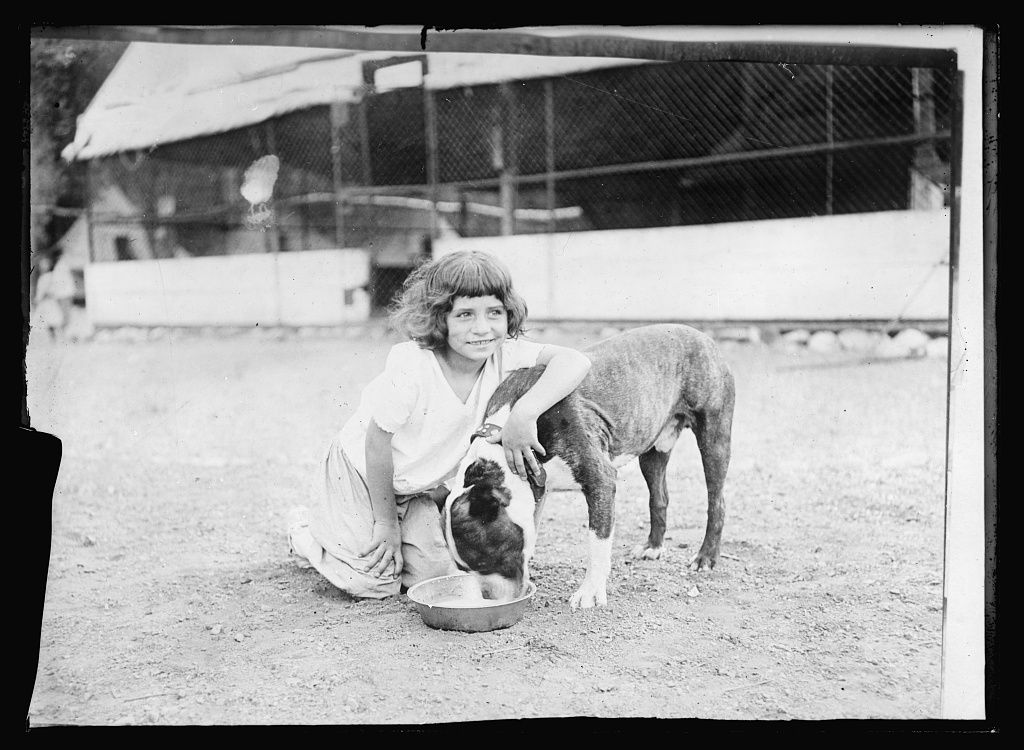
A camper at Kiddies Camp, San Luis Obispo, 1920
American National Red Cross photograph collection (Library of Congress)
Most museum professionals, especially program managers like me, are drawn to work in museums and other similar organizations because they love the atmosphere and the role of this unique learning environment. Hearing about historical or racial inequity can be a challenge for many professionals who have to hear that the beloved and open institution they work for has unfortunate roots. But few bastions of our modern society do: as we have seen over the last few weeks, it is up to us and the organizations we serve to recognize a painful history, fix it as best we can, and move forward. This is especially crucial as the United States has a 34% nonwhite population, but only 9% nonwhite visitors regularly visit museums as of 2010. Some places, such as the San Jose Children's Museum met these challenges through focus groups, where they added not only signs and exhibits in different languages, but helped visitors to better understand the museum was interactive, rather then simply academic. Other groups, such as Boston Explorers, added staff that reflected their youth participants, which showed a positive response from youth who otherwise may have felt unwelcome.
What’s next, especially as COVID-19 shows us how diverse learning environments affect how a student learns? The digital world of online informal science education is following up, as, to quote a colleague on one of our many Zoom sessions with many educators, managers, and directors in informal science learning: “Whether we like it or not, since March 2020, we’ve all been digital learners.” Although informal learning professionals have provided a litany of new, online media for young learners, are all of these lessons for learning truly equitable?
